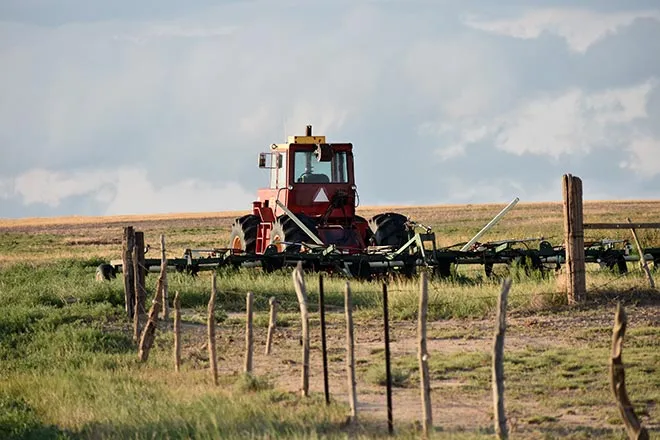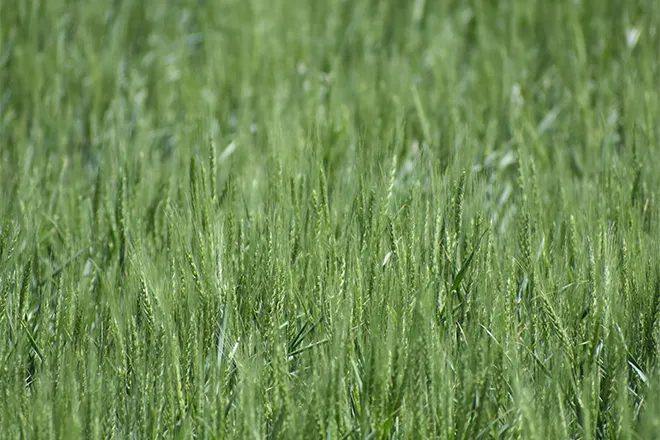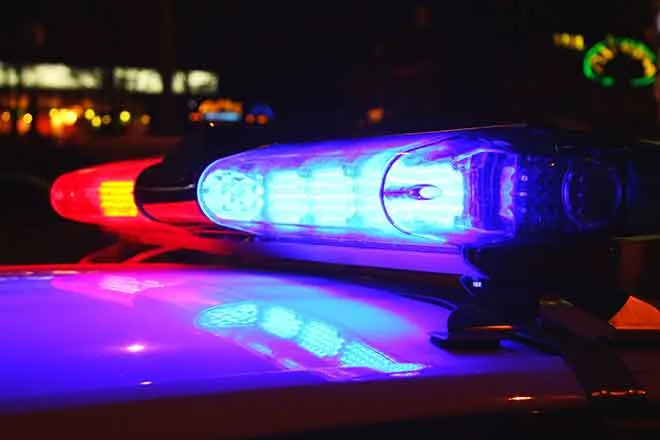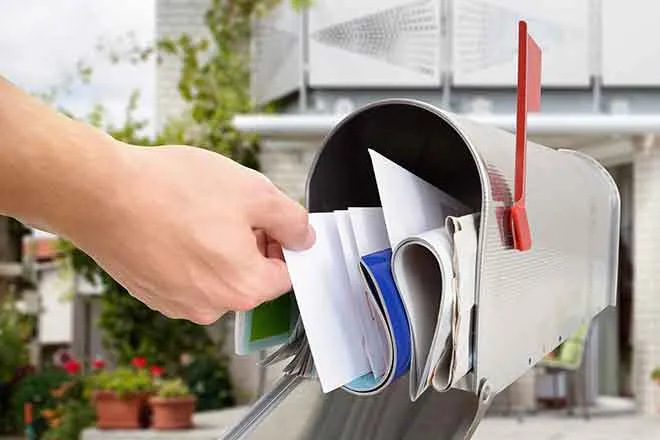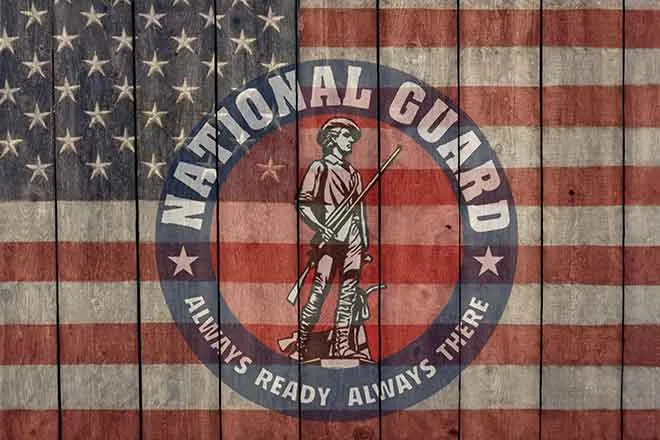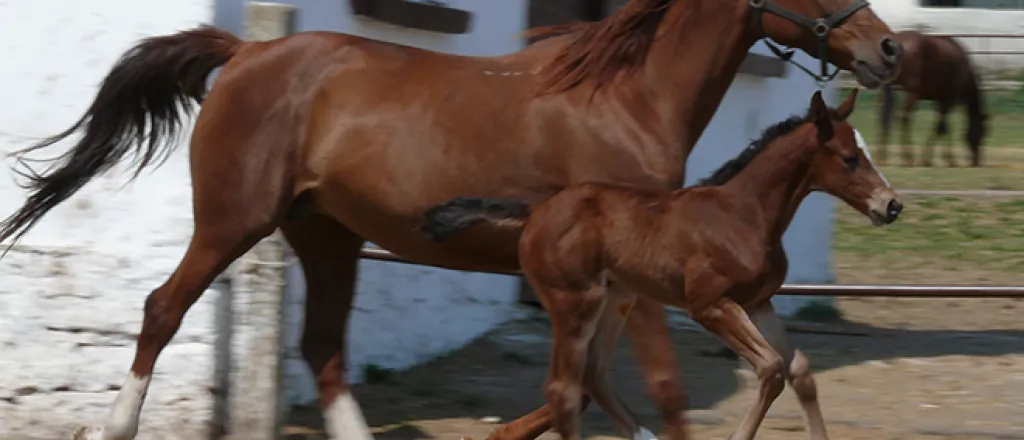
Protecting your herd: EIA testing reminder
Public domain - Wikimedia
Colorado has recently confirmed two cases of Equine Infectious Anemia (EIA), serving as an important reminder for all veterinarians to conduct routine testing on client horses.
The USDA recommends that horses be tested annually for this disease, with testing performed by a USDA Category II accredited veterinarian. With this we wanted to publish a reminder for some common issues seen on Coggins tests submitted to the laboratories.
Testing Procedures and Requirements
Veterinarians must submit samples using Form VS 10-11, which can be obtained digitally via Global Vet Link, Vet Sentry, or VSPS (Veterinary Services Process Streamlining) or you can request paper forms from the CDA Animal Health Laboratory. Ensure that you collect at least 2 mL of serum to allow for secondary testing, and label the blood tubes completely and uniquely. Make sure to pack the samples appropriately so they do not get damaged in transit.
When completing the form, include the physical address where the horse is located (i.e., not where the horse is tested, but where the horse resides). Provide both the horse’s registered name and barn name, or nickname for thorough identification.
Horse Identification and Description
Accurate and detailed horse descriptions are critical for traceability. Veterinarians should:
Inspect for and record any brands, tattoos, or microchips.
Document all whorls, white markings (on the face, legs, and body), dimples, prophet’s thumbs, or scars.
Take clear, full-body photos of the horse when submitting a digital Coggins. Use adequate lighting, and make sure the entire horse is visible. Avoid having lead ropes or background objects obscure identifying features.
Because horse names frequently change, the physical description serves as the most critical identifier for tracing Coggins testing.
Reference Guide
For complete guidance on how to accurately describe horses on official forms, please consult the USDA NVAP Reference Guide.


